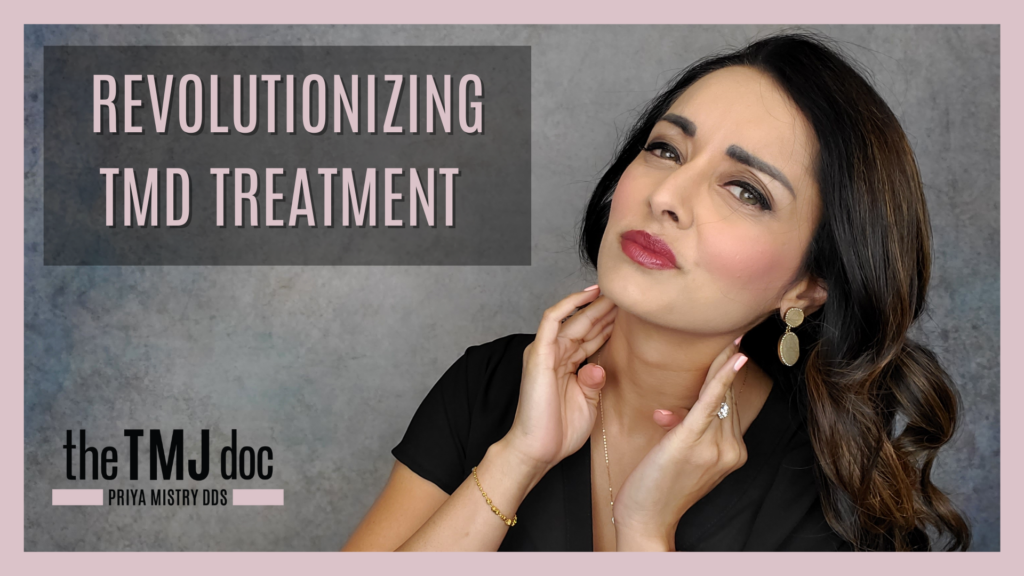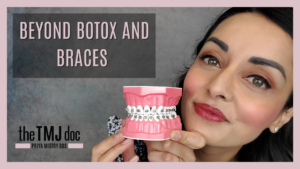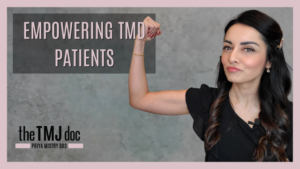In a captivating episode of the Unpledged podcast, Dr. Ben Sutter delves into the groundbreaking Disclusion Time Reduction (DTR) treatment for Temporomandibular Disorder (TMD), showcasing how Tekscan technology is transforming patient outcomes. Hosted by Dr.’s Priya and Alex, the conversation weaves through patient success stories, innovative tools, and the importance of mentorship in advancing dental care.
A Game-Changer for TMD Treatment
DTR stands out as an innovative approach that focuses on improving occlusion and relieving oral facial pain without invasive interventions like medications or surgeries. Using Tekscan technology, DTR provides precise data on bite dynamics, enabling practitioners to make targeted adjustments to alleviate pain and improve function.
The episode highlights transformative case studies:
- Janice’s Journey: Severe facial pain and a locked jaw became a thing of the past for Janice after undergoing DTR treatment, restoring her quality of life.
- Relief from Dizziness: A patient with Meniere’s disease found relief from chronic dizziness, showcasing how addressing dental issues can influence broader health concerns.
Dr. Sutter’s mentorship and data-driven approach are emphasized as critical elements in achieving these outcomes, underscoring the power of collaboration and advanced diagnostics.
The Path to DTR Certification
Dr. Sutter recounts his professional journey, detailing his shift toward occlusion and oral facial pain treatment after witnessing the impact of dental care on migraine sufferers. His training at the Las Vegas Institute (LVI) deepened his expertise in neuromuscular orthotics and DTR techniques, despite initial challenges in adapting to new technologies and methods.
A turning point came at an ICCMO conference, where Dr. Sutter’s insights inspired a shift toward DTR certification. The podcast discusses the critical role of advanced tools like bio EMG and Joint Vibration Analysis (JVA) in diagnosing and treating TMD effectively, while also acknowledging resistance within the dental community to embrace new technologies.
The Power of Precision and Data
The conversation underscores the value of advanced diagnostics in understanding TMD symptoms. A notable case involved a dentist, Renee, whose migraines improved dramatically following bite adjustments. Such stories illustrate how dental precision can alleviate chronic pain, improving patients’ lives without the need for pharmaceutical interventions.
The hosts highlight the potential of DTR to address root causes, such as muscle tension and occlusal imbalances, but also note its high cost and skepticism from traditionalists in dentistry.
Bridging the Gap Between Dentistry and Medicine
Dr. Sutter critiques the disconnect between dental and medical care, particularly in functional areas like chewing efficiency and its impact on overall health. Education in mastication (chewing) is highlighted as a crucial yet overlooked aspect of dental training, with patient frustrations often rooted in inconsistent practitioner skills.
DTR is not a one-size-fits-all solution—its success depends on factors like dental classifications and functional range of motion. However, it has proven effective in improving chewing efficiency and reducing pain for specific cases, particularly Class 1 and unilateral Class 3 classifications.
Exploring Complex Connections
The episode dives into the broader implications of TMD treatment:
- Sleep and Posture: Forward head posture’s impact on balance and sleep quality is discussed, with successful treatment stories linking improved airway volume to better sleep.
- Ear and Jaw Connection: TMJ disorders are connected to ear symptoms, such as ringing or pressure, with promising results from orthotics and other non-invasive treatments.
- Myofunctional Therapy: Addressing harmful tongue habits through therapy is recommended as a complementary approach to managing TMD.
Looking Ahead
Despite challenges in gaining widespread acceptance, DTR represents a leap forward in treating TMD. The episode critiques slow progress in understanding conditions like Meniere’s disease, while celebrating success stories that demonstrate the potential of precision dentistry.
Upcoming events, including an ICCMO meeting featuring Dr. Sutter, promise to further explore the evolving field of neuromuscular dentistry, fostering collaboration and innovation.
Key Takeaway
This Unclenched episode reinforces the need for a paradigm shift in TMD treatment. By embracing advanced tools, data-driven techniques, and interdisciplinary collaboration, dentistry can address complex conditions like TMD with greater precision and effectiveness. For patients and practitioners alike, the future of dental care is bright—and Dr. Sutter’s work with DTR is leading the way.







